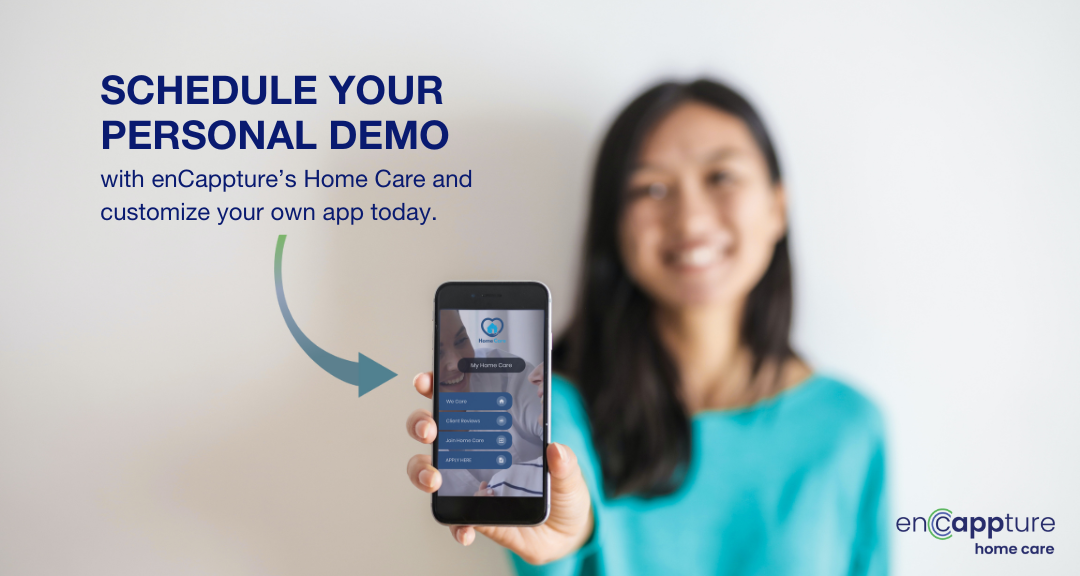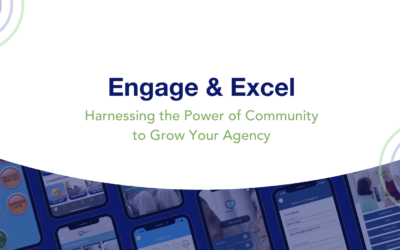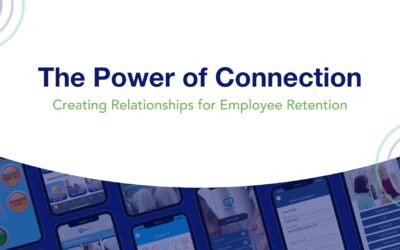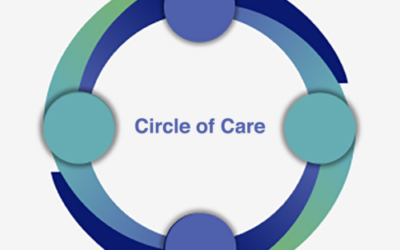Eliminating No-Call, No-Show Scenarios: Practical Strategies for Home Care Agencies
We don’t have to tell you about the negative impact of no-call, no-shows on your business. In fact, you finding time to read over this article in the midst of playing an impressive game of scheduling Tetris is likely a small miracle.
Today, we’re going to help you eliminate no-call no-shows in your business with 5 tips you can implement right away:
- Make Communication Easy
- Construct a Rapid Response Plan
- Create a Pool of Reserve Caregivers
- Foster a Culture of Accountability
- Recognize and Reward the Behavior You Want to See
Before we start, let’s address the elephant in the room: we’re a company that builds employee and client engagement apps for the home care industry. Ideally, we’d love to help you reduce no-call, no-shows for your agency through a branded mobile app! However, these tips are designed to help you whether or not you’re our client, because the success of the home care industry is vital to all of us. If you’re interested in additional help with caregiver engagement and automating a few of these steps, we’ll include some additional information and a link to book a demo at the end of this article.
Now, let’s get into the tips:
1. Make Communication Easy
Do your caregivers know what to do if they’re running late? If it requires calling the office, do they know the number off the top of their head? Some of our agencies have implemented a “Running Late” or “Emergency” hot button right in their agency’s branded mobile app, which allows caregivers to communicate with the office with a single tap. This gives you more time to make arrangements before minor car trouble turns into a no-call, no-show.
2. Construct a Rapid Response Plan
Once your caregivers are able to easily let you know when there’s a problem, it’s time to implement a rapid response plan for those emergencies. Work together with your schedulers and care coordinators to get an idea of what resources are available to you, then create and publish a plan for your whole staff. This should include steps like notifying the client and/or their family and dispatching another caregiver as swiftly as possible.
3. Create a Pool of Reserve Caregivers
Give your caregivers an easy way to let you know when you’d like to pick up additional shifts, so your schedulers can start from a pool of caregivers actively seeking more work. This can be a simple form in your employee portal or mobile app with an option to share or update their availability for shifts. Some agencies even hire a few caregivers to be “on call” in case of emergencies.
4. Construct a Rapid Response Plan
It’s impossible to overstate the importance of communicating your agency’s values and expectations for your caregivers. It may seem clear to you, but it’s important to explicitly state your expectations. This goes beyond a line in your employee handbook (though that’s a good start); state your core values early and often. Post them prominently, in your office or your agency’s online spaces, and give examples of behaviors that align with those values. For example:
We value professional care delivery at our agency. That means we show up on time to appointments, communicate when we’ll be late or are experiencing challenges, and think ahead to solve potential roadblocks before they become negative experiences for our clients and coworkers.
5. Recognize and Reward the Behavior You Want to See
Creating culture isn’t just about setting expectations and procedures–you need to follow up by celebrating and rewarding your employees when they do well! This can take a variety of forms, such as:
-
-
- Entering all caregivers who showed up on time to all shifts that month into a drawing for a gift card or other prize
- Recognizing a caregiver of the week/month at staff meetings or on your online portal
- Offering gamification with points for each on-time completed shift that can be redeemed for prizes
- Utilizing your top performing caregivers as mentors, so future caregivers you hire can learn from their attitude and behavior
-
Bringing it All Together with Technology
Eliminating no-call no-shows is a monumental task–one you don’t have to undertake alone. A branded mobile app can help you:
- Create “hot buttons” that allow your caregivers to contact the office about an urgent issue with a single tap
- Keep in contact with your employees and clients about their shifts
- Collect information, like caregiver availability for shifts, in one place
- Keep your values and processes top of mind in an easy-to-access central location
- Recognize and reward caregivers, even when they’re in the field
To learn more, schedule your personal demo with enCappture Home Care and customize your own app today.












